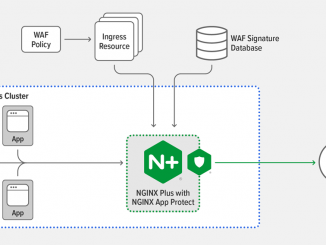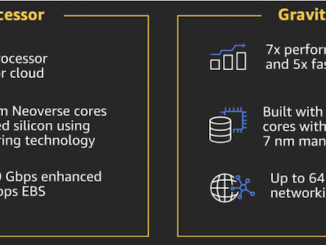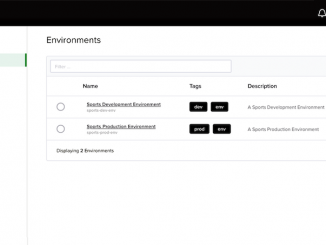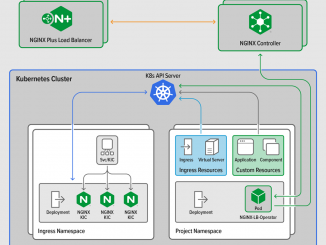
Securing Your Apps in Kubernetes with NGINX App Protect
Securing Your Apps in Kubernetes with NGINX App Protect Businesses know they need to bring services and applications to market quickly because if they don’t, a competitor surely will. But web applications are prime targets for cyberattacks, and updating them fast and furiously increases the risk that potential security vulnerabilities slip through QA and make their way into production. Many factors make it challenging to consistently apply strong security standards. The pressure to release code quickly into production makes it tempting to let security slide. Over‑reliance on automated tools such as vulnerability scanners is dangerous, because they don’t catch every issue. Combining code contributed by various cross‑functional dev teams makes it less clear who is responsible for enforcing security. Running multiple applications and application versions in production multiplies the chinks in your applications’s armor. The net result is that the [ more… ]




